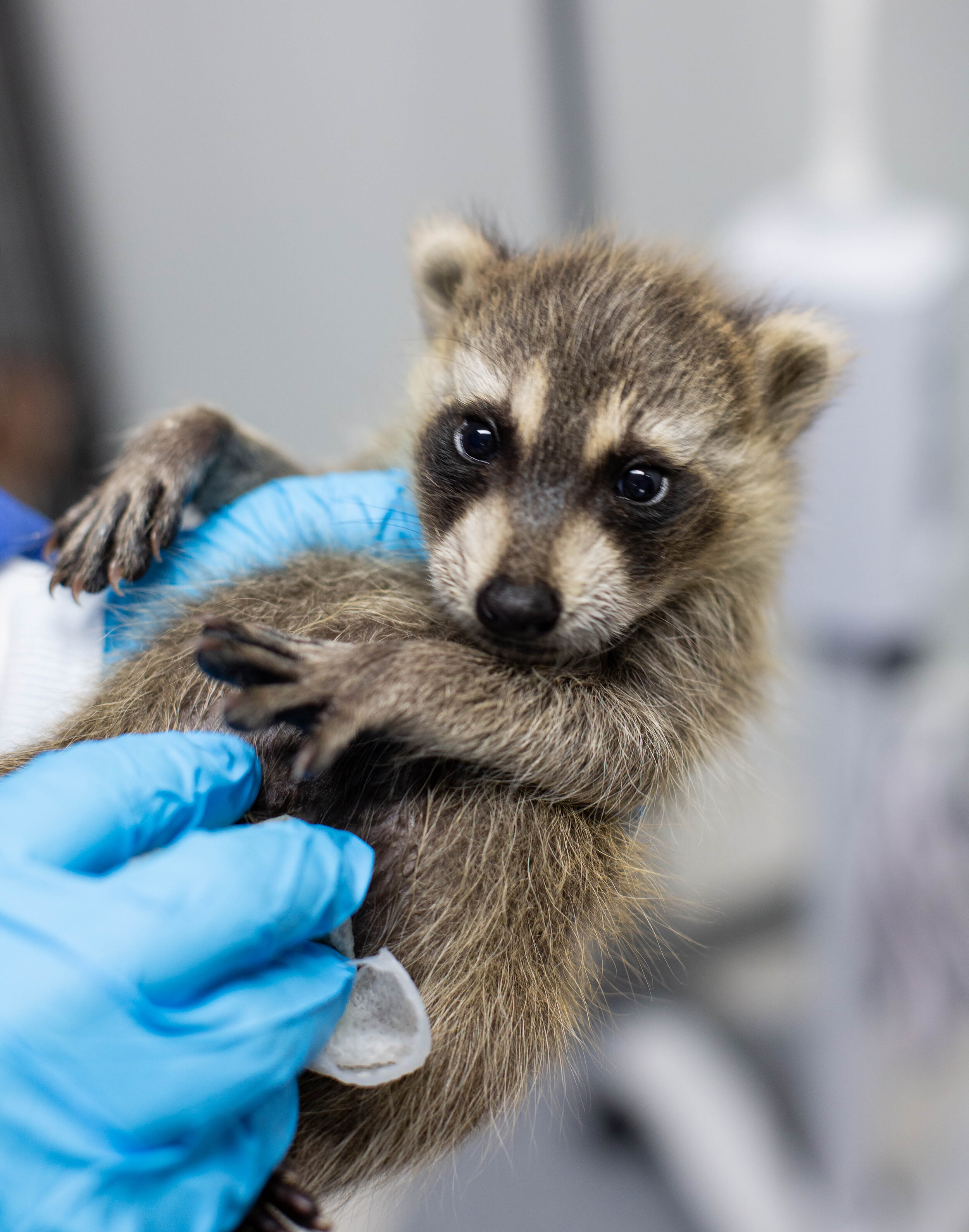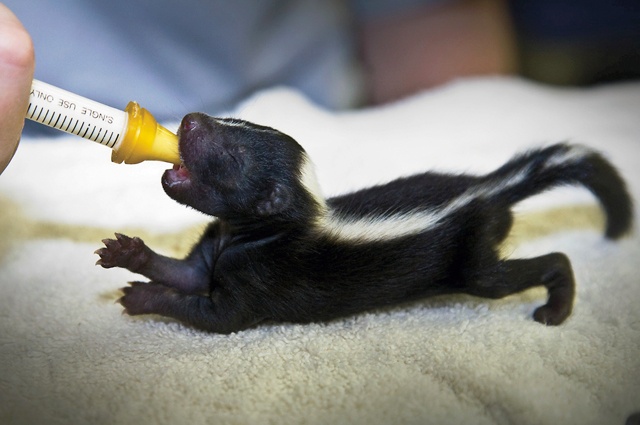The Value of Burlington Animal Control for Community Health And Wellness
The Value of Burlington Animal Control for Community Health And Wellness
Blog Article
The Duty of Humane Wild Animals Removal in Protecting Local Ecosystems
Humane wild animals elimination is not simply an honest factor to consider but a pivotal component in safeguarding local environments. By prioritizing non-lethal methods, it addresses the fragile equilibrium in between human development and wildlife habitat conservation.
Understanding Human-Wildlife Conflicts
Human-wildlife conflicts commonly develop when the all-natural habitats of pets converge with human activities, bring about competition for sources and space. As urbanization and farming expansion continue to intrude upon wildlife areas, animals such as raccoons, coyotes, and deer find themselves in closer closeness to human populaces. This closeness can cause destructive impacts on both wildlife and people, as animals might cause damage to plants, facilities, and personal property while human beings might accidentally hurt wildlife with environment destruction and various other anthropogenic stress.
The intricacy of these disputes comes from a selection of factors. Modifications in land use, environment change, and the fragmentation of environments often force wildlife to adjust to brand-new settings, often leading them right into property or business locations. In addition, the schedule of human-generated food resources, such as waste and pet food, can draw in wildlife to human settlements, intensifying communications and potential conflicts.
Attending to human-wildlife disputes requires a nuanced understanding of animal habits, eco-friendly characteristics, and socio-economic considerations. By researching these policymakers, guardians and interactions can develop methods that aim to reduce problems while protecting biodiversity and maintaining eco-friendly equilibrium. The objective is to foster coexistence and lessen unfavorable effect on both human neighborhoods and wild animals populations.
Importance of Non-Lethal Approaches
Alleviating human-wildlife problems requires methods that focus on the well-being of both humans and animals. Non-lethal techniques of wildlife removal embody this principles by giving remedies that prevent harm to wildlife while resolving human issues. These techniques include exemption strategies, habitat adjustment, and making use of deterrents to dissuade wildlife from going into human settings (burlington wildlife rescue). By employing such methods, we can take care of wild animals interactions without resorting to dangerous procedures, therefore maintaining animal populations and decreasing ethical concerns related to murder.
Non-lethal approaches are vital in maintaining environmental equilibrium. They ensure that species remain to accomplish their duties within environments, such as controlling bug populaces or pollinating plants. Moreover, these techniques often prove a lot more reliable in the long-term, as eliminating specific pets can develop a space that is promptly loaded by other participants of the varieties or different species altogether. This can cause a cycle of continuous elimination initiatives, whereas non-lethal deterrents deal with the source of wild animals existence.
Furthermore, non-lethal approaches foster coexistence by informing the public concerning wildlife habits and encouraging unified living practices. This understanding can cause much more lasting human-wildlife interactions, inevitably guarding both neighborhood interests and pet welfare.
Benefits for Biodiversity
When non-lethal wild animals removal methods are employed, they contribute dramatically to biodiversity conservation. By guaranteeing the safe relocation of pets rather than their elimination, these approaches keep environmental balance and shield the integrity of environments.

Moreover, these methods promote conjunction in between people and wild animals, reducing unfavorable interactions and preserving the rich tapestry of life that characterizes biodiverse areas. This strategy motivates a deeper understanding and respect for wildlife, promoting community assistance for preservation efforts. Inevitably, humane wildlife removal is a vital element in guarding biodiversity, making certain ecosystems stay functional and dynamic for future generations.
Strategies for Reliable Removal
Applying reliable approaches for gentle wildlife elimination calls for a thorough understanding of animal actions and habitat requirements. This understanding offers as the structure for developing strategies that ensure the ethical and risk-free relocation of wild animals.
Another crucial approach is utilizing exemption techniques, which concentrate on securing entry indicate stop pets from returning to frameworks. This approach not only resolves the immediate problem yet likewise offers as a long-term option, lowering future conflicts in between humans and wildlife. The usage of safe deterrents and repellents can urge animals to leave areas voluntarily, enhancing other removal efforts.
Capture and moving must always be a last hope, employed only when pets position a straight risk or are not able to exit by themselves. In such instances, making use of gentle catches and making certain the release of pets in appropriate habitats are important to securing their well-being. Partnership with wild animals experts and adherence to lawful policies additionally enhance the performance of these strategies.

Encouraging Coexistence in Urban Locations
Promoting conjunction in city areas needs a complex approach that stabilizes human advancement with the demands of local wildlife. Urban planners and policymakers should incorporate go to this site environment-friendly spaces, such as parks and wildlife hallways, into city designs to supply environments for native types. burlington animal control.
Education and learning and recognition projects are essential in fostering a culture of conjunction. Locals require to understand the value of wild animals and the duty they play in local environments. Workshops and informative sessions can gear up areas with knowledge on exactly how to reduce disputes, such as securing trash and using gentle deterrents to stop wildlife invasion.
In addition, modern technology can play a substantial function check in advertising coexistence. The use of wild animals monitoring systems, as an example, can aid track animal movements and inform metropolitan planning decisions. Partnerships between ecological companies, city governments, and community groups can better reinforce these efforts, making sure that metropolitan growth proceeds sustainably while appreciating the environmental equilibrium.
Conclusion
Humane wild animals elimination is necessary for maintaining ecological equilibrium and biodiversity by utilizing non-lethal approaches that minimize harm to animal populaces. Inevitably, advertising conjunction in metropolitan areas promotes a harmonious relationship between humans and the natural atmosphere, making sure sustainable ecological communities for future generations.
As urbanization and agricultural expansion proceed to elbow in upon wild animals territories, animals such as coyotes, deer, and raccoons discover themselves in closer closeness to human populations. Non-lethal techniques of wild animals removal embody this ethos by giving options that prevent damage to wildlife while my latest blog post dealing with human worries. By employing such strategies, we can manage wild animals interactions without resorting to deadly actions, therefore protecting animal populaces and lowering ethical worries linked with killing.
Implementing efficient methods for gentle wildlife removal requires a detailed understanding of animal actions and environment requirements.Humane wildlife removal is essential for preserving ecological equilibrium and biodiversity by using non-lethal approaches that reduce damage to animal populations.
Report this page